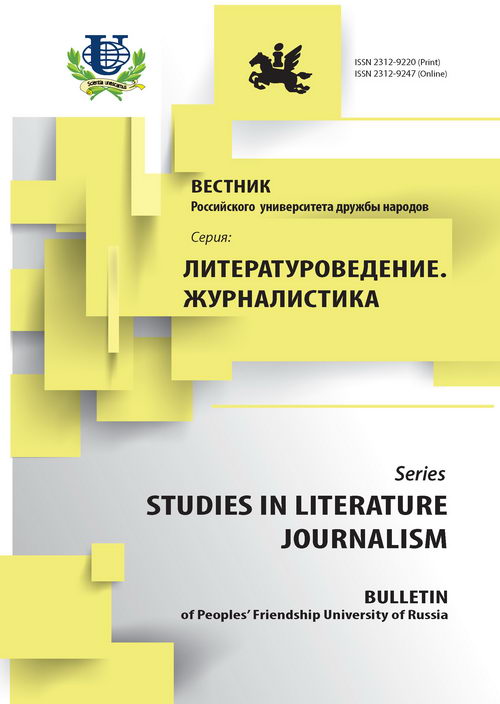ZOOMORPHIC IMAGES OF WOMEN SNAKE IN EUROPEAN LITERATURE
- Authors: Galay KN1
-
Affiliations:
- Peoples’ Friendship University of Russia
- Issue: No 4 (2015)
- Pages: 112-118
- Section: ARTICLES
- URL: https://journals.rudn.ru/literary-criticism/article/view/13357
Cite item
Full Text
Abstract
The article discusses the image of a woman-snake from different angles and different authors. the traditional image is often found in the mythology of various nationalities, and also in folk tales. when this woman- snake carries a variety of characters from the evil witch to an innocent victim. in terms of the symbolism of the snake woman in the article discusses three works: S. Coleridge “ Christabel”,E.T.A. Hoffmann, “The Golden Pot”, and Guy de Maupassant “Crazy?”. All authors zoomorphic image of the woman-snake is quite different meanings and is a reflection of the ambivalent symbolism of the snake as a symbol. For the early romance S. Colridge this image is demonic, E. T. A. Hoffmann representative of late romanticism, woman- snake displays pagan ideas about the serpent, realist Guy de Maupassant uses everyday’s beliefs about the serpent.
Keywords
References
















